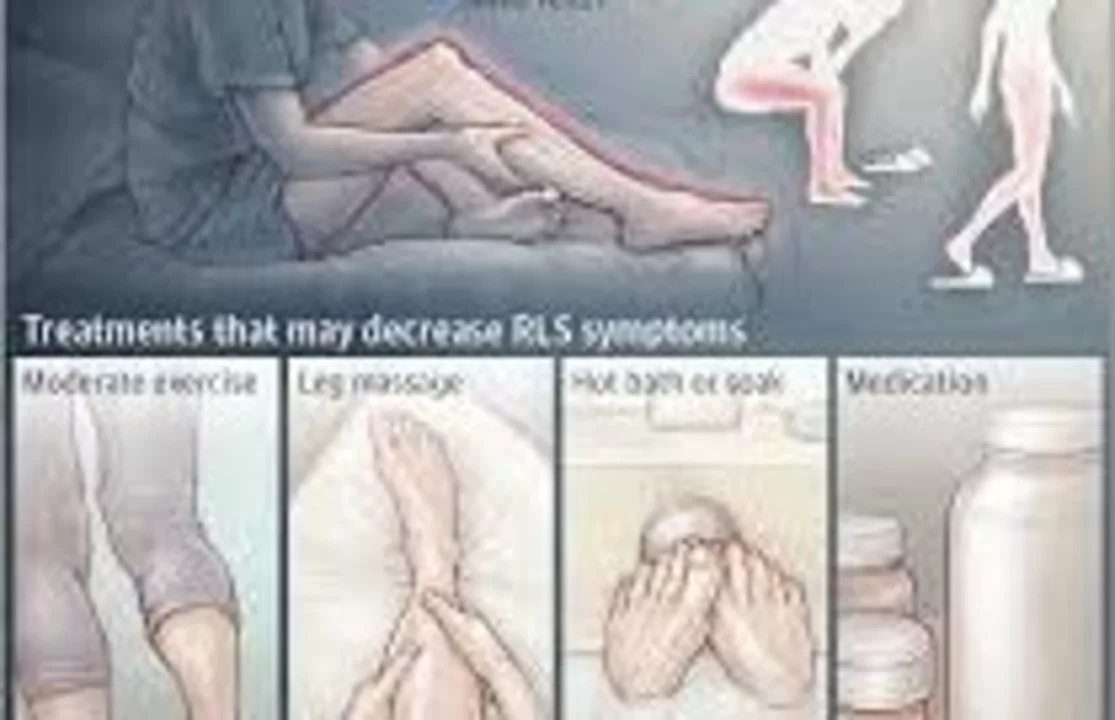As a blogger, I've recently come across some fascinating information about the role of iron in managing Restless Leg Syndrome (RLS). It turns out that low iron levels in the brain could be a significant factor in causing RLS. By increasing iron intake through diet or supplements, many people have found relief from their RLS symptoms. Moreover, it's essential to consult with a healthcare professional before starting any iron supplementation, as too much iron can be harmful. In conclusion, maintaining optimal iron levels could be a key component in managing Restless Leg Syndrome effectively.
Iron: what it does, when you need it, and how to fix low levels
Iron keeps your blood carrying oxygen. Without enough iron your body can’t make enough healthy red blood cells, and you feel tired, weak, and short of breath. Many people run low—women with heavy periods, people with poor diets, pregnant people, regular blood donors, and anyone with ongoing bleeding. This page helps you recognize real iron deficiency, understand the common lab tests, and take practical steps to raise levels safely.
Symptoms you can notice include persistent tiredness, pale skin or gums, shortness of breath during routine tasks, heart palpitations, restless legs at night, and brittle nails. Some people also note headaches, cold hands and feet, or trouble concentrating. Your doctor will order a complete blood count and ferritin. Hemoglobin on the CBC shows anemia; ferritin tells how much stored iron you have. Ferritin under 30 ng/mL usually signals low iron stores, even if hemoglobin looks normal.
Food and absorption tips
Eat iron-rich foods daily. Good sources include red meat, liver, shellfish, poultry, beans, lentils, tofu, spinach, fortified cereals, and dried fruit. Heme iron from animal sources is absorbed better than non-heme iron from plants. To improve absorption from plant foods, add vitamin C from citrus, bell peppers, or tomatoes. At the same time, cut back on coffee, tea, wine, and calcium-rich foods close to iron-rich meals; these can block absorption.
Supplements, doses, and interactions
When diet is not enough, supplements help. Common over-the-counter forms are ferrous sulfate, ferrous gluconate, and ferrous fumarate. Typical treatment for iron-deficiency anemia uses doses that supply about 100 to 200 mg of elemental iron per day, often taken in divided doses. Your provider may recommend once-daily or alternate-day dosing to reduce side effects and improve uptake. Stomach upset, constipation, and dark stools are common; taking pills with a small snack can ease nausea but lowers absorption.
Some situations need stronger treatment. If pills cause severe side effects, if you have trouble absorbing iron, or if levels are very low, your clinician might suggest intravenous iron. Also get checked for the source of blood loss—like heavy periods, ulcers, or colon issues—so the problem is treated, not just masked.
Watch for drug interactions. Antacids, proton pump inhibitors, calcium, some antibiotics, and levothyroxine can reduce iron absorption or be affected by iron. Tell your doctor about all medicines and supplements you take. People with hemochromatosis or certain chronic conditions should not take iron supplements without supervision.
After starting treatment, labs are usually rechecked in eight to twelve weeks. Ferritin should rise first, then hemoglobin. If levels stay low, your clinician will investigate other causes. If you feel constantly tired and diet changes don’t help, ask for a ferritin test before buying supplements. A simple blood test prevents unnecessary use and keeps treatment safe and on target.
Pregnancy and young children often need special dosing and monitoring. Pregnant people usually get checked and may need daily supplements. Keep iron supplements locked away from kids and follow dosing advice from your healthcare provider. Always ask.

